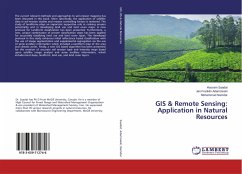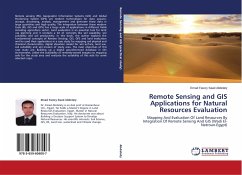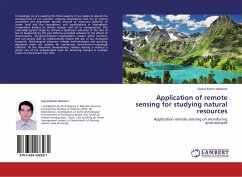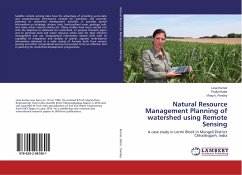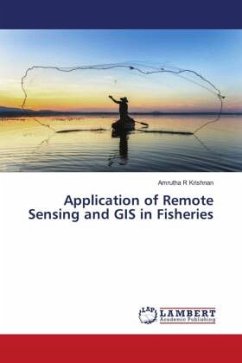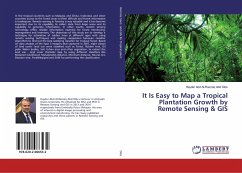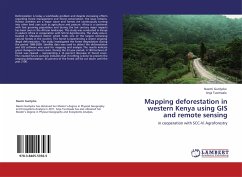The current relevant methods and approaches to soil erosion mapping has been discussed in this book. More specifically, the application of satellite data in soil erosion studies and erosion controlling factors is reviewed. The study of landforms plays an important supportive role in ranking erosion potentiality and in developing land use and land cover maps. A new protocol for Landform classification has been presented. Furthermore, a new, unique combination of proven classification steps has been applied for accurately classifying land use and land cover types. The developed protocol in this study enhances initial reflectance based classification with the use of image segmentation and supplemental segregation via the use of some ancillary information which included a landform map of the area and climatic zones. Finally, a new GIS based algorithm has been presented for the creation of accurate soil erosion type and intensity maps based upon satellite image analysis and some ancillary information, which includes land slope, landform, land use, and land cover layers.

